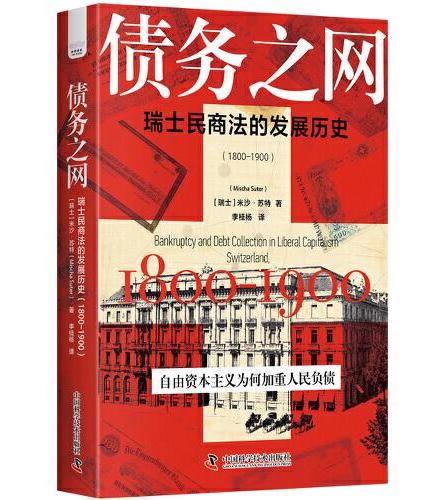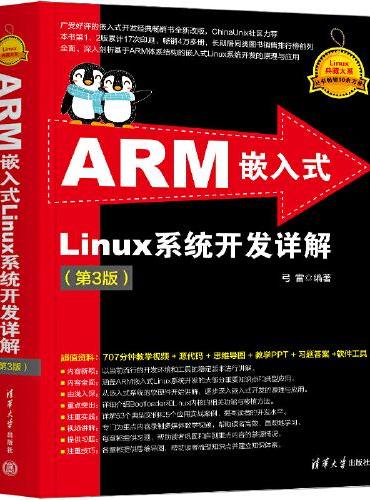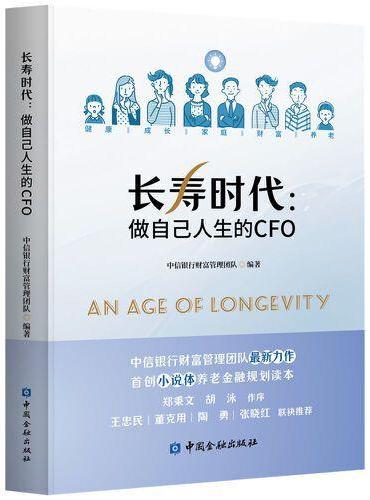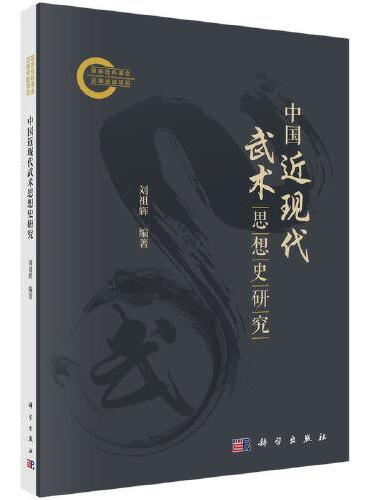新書推薦:

《
债务之网:瑞士民商法的发展历史(1800-1900)
》
售價:NT$
345.0

《
ARM嵌入式Linux系统开发详解(第3版)
》
售價:NT$
595.0

《
长寿时代:做自己人生的CFO
》
售價:NT$
310.0

《
早点知道会幸福的那些事
》
售價:NT$
295.0

《
知宋·宋代之货币
》
售價:NT$
340.0

《
爱的7种对话:建立持续一生的亲密关系 (加)苏·约翰逊
》
售價:NT$
345.0

《
中国近现代武术思想史研究
》
售價:NT$
500.0

《
废奴
》
售價:NT$
350.0
|
| 內容簡介: |
有色金属生物冶金主要采用生物技术来对矿物中的有色金属进行富集、分离、提取和回收利用,通常由微生物来进行矿石的细菌氧化或生物氧化。
生物冶金工艺成本低、污染少、资源利用率高,目前已应用于难处理金矿、铜硫化矿等。生物冶金具有超过常规处理贫矿的技术优势,正发展成为国际上有色冶金研究的热点之一。
《有色金属生物冶金普通高等教育十二五规划教材》主要内容包括:有色金属生物冶金技术基础、冶金方法、工艺特征和工业应用提取金、铜、镍、锌。文中均加以简要注释,以方便自学。书后附相关专业词汇。
薛济来主编的《有色金属生物冶金普通高等教育十二五规划教材》适用于有色冶金、冶金工程、工业生态、矿物工程、环境工程等专业的高年级本科生和研究生科研和双语教学,也可供研发人员和生产技术人员参考。
|
| 目錄:
|
1 Biohydrometallurgy andBacteria
1.1 Introduction
1.2 DevelopmentinHydrometallurgy
1.3 BacteriaandPhylogeny
1.4 Numtion
1.4.1 Carbon nutrition souses
1.4.2 Nitrogen nutrition SOUrCeS
1.5 Energy Sources
1.5.1 Iren oxidation
1.5.2 Sulfur oxidation
1.5.3 Electron donom and electron accoptors
1.5.4 Mineral oxidating ability
1.6 Mesophilic and Acidophiles in Mineral Bioleaching
1.7 Summary
Questions
Note
2 SurfaceChemistry ofBacterialLeaching
2.1 Introduction
2.2 Adhesion andAttachmentofBacteriatoMineral Surfaces
2.3 Theory ofBacterialAttachmentto Surfaces
2.4 BiofilmColloidFomationonBacterialCells
2.5 Summary
Questions
Note
3 Electrochemistry of Mineral Dissolution and Bioleaching
3.l Introduction
3.2 Electrochemical Mechanism of Oxidative and Reductive
Reactions
3.2.1 Anodic and cathodic reactions
3.2.2 Influence of the electronic structare of the mineral on the
dissctution rate
3.3 Applications of Electrochemical Mechanism in Leaching
3.3.1 Chemicalleaching ofwrite byferricions
3.3.2 Effect of bacterial action on the mixed potential of pyrite
3.3.3 Effect of electrochemical bioleaching on the copper
recovery
3.4 ElectrochemicalKinetics andModeling
3.4.1 Kinetics of the oxidative dissolution of sphalerite
3.4.2 Electrochemical kinetics and model of bacterial leaching
3.5 Summary
Questions
Note
4 Biohydrometailurgy ofCopper
4.1 Introduction
4.2 Definitions and Mineralogy Related to Copper Leaching
4.2.1 Pyrite
4.2.2 Secondary sulfides
4.2.3 Primarv sulfides
4.3 PhysicoChemicalLeachingVariables
4.3.1 Surface area
4.3.2 Acidlevels
4.3.3 Oxidants
4.3.4 Agglomeration
4.3.5 Curingtime
4.3.6 Permeability
4.4 BacterialLeachingVariables
4.4.1 Acidity
4.4.2 Oxygen
4.4.3 Nutrition
4.4.4 Heat
4.4.5 Mineralogy
4.4.6 Bacterialinoculation.
4.4.7 Iron
4.5 HeapOperatingVariables
4.5.1 Irrigation distribution
4.5.2 Solution stacking
4.5.3 Solution collection.
4.5.4 Pad stacking/configuration
4.6 LeachSolutionProcessingt
4.6.1 Coppercementation
4.6.2 Directelectrowinningt
4.6.3 Solvent extraction一
4.6.4 Electrowinning
4.7 Commercial Installations and Environmental Considerations
4.7.1 In situleaching
4.7.2 Dumpleaching
4.7.3 Heapleaching
4.8 Summary
Questions
Note
5 BiooxidationofGoldBearingOres
5.1 IntrOduc廿on
5.2 BIOX~BacterialCulture
5.3 ChemicalReactions andPrecessControl
5.3.1 Chemical reactions
5.3.2 Influence of oremineralogy
5.3.3 Effectoftemperature and cooling requirements
5.3.4 pH control
5.3.5 Oxygen supply
5.4 Operations Conditions and Process Requirements
5.4.1 Bioreactorconfiguration
5.4.2 Rateof sulfidemineral oxidation and gold dissolution
5.4.3 General process requirements
5.4.4 Effects of chloride and arsenic on BIOX~process
5.5 Summary
Questions
Note
6 Biohydrometallurgical Processing of Colt,Nickel and Zinc
6.l Introduction
6.2 Cobalt Bioleaching with Autotrophic and Mixoa''ophic Bacteria
6.3 Nickel Bioleaching with Autotrophic and Mixotrophic Bacteria
6.4 Zinc Bioleaching with Autotrophic and Mixotrophic Bacteria
6.5 Metal Mobilization by Microbially Generated Acids/Ligands
6.6 Summary
Questions
Note
7 Biohrdrometallurgicai Recovery of Heavy Metals from Industrial
Wastes
7.1 Introduction.
7.2 Metal RecoveryfromWaste Sludge andFlyAsh
7.3 MetalRecoveryfromMineWaste andNuclearWaste
7.4 Metal Recovery from River Sediments and Metal Finishing Waste
Water
7.5 Summary
Questions
Note
8 Biohydrometallurgical Recovery of Value Metals from Secondary
Sources
8.l Introduction
8.2 MetalRecoveryfromElectronicWastes
8.3 MetalRecoveryfromBatteryWastes
8.4 Metal Recovery from Spent Petroleum Refinery Catalyst
8.5 Summary
Questions
Note
Appendix
References
|
|










